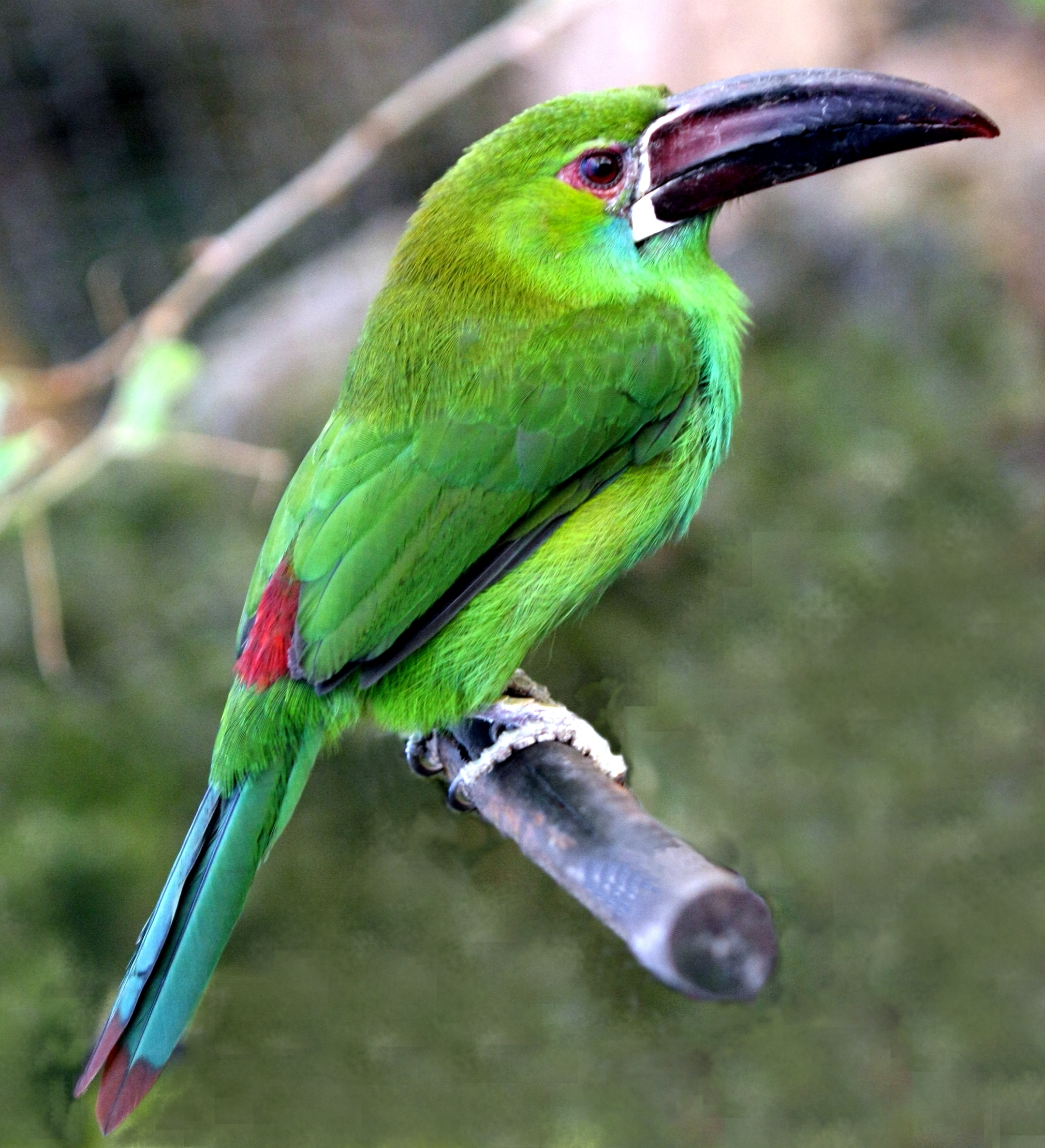


Christopher Helm and A & C Black Publishers Ltda. The Helm dictionary of scientific birds names. Aulacorhynchus haematopygus Downloaded from http: //avibase.bsc eoc.org/species.jsp?lang=ES&avibaseid=23DB835648606957 on This and other species of Toucans can prey on smaller birds and eggs.Īvibase 2011. In the world and in Colombia it is not considered a threatened species (its conservation is of minor concern) derbianus (North of South America) and A. Genetic analyzes have shown that it may be a sister species to these last two, as well as A. Some authors consider that it forms a superspecies together with Aulacorynchus huallagae (from Peru) and A. It is a noisy bird, lurking from the undergrowth to the canopy, leaping up between the trees. Like other species of the genus, it remains in pairs or small groups and sometimes mixed flocks can follow. The chicks are fully fledged after six weeks and start to fly at the seventh week. Incubation of the eggs is largely carried out by the female, which can last from 16 to 17 days. In the Western Cordillera individuals in reproductive condition have been recorded in the month of April and in the Central Cordillera in the months from March to May. In its diet also includes invertebrates, small vertebrates and young and eggs of birds. It feeds especially on fruits such as Yarumos (Cecropia spp.), Palms and plants of the Lauraceae family. Occasionally on trees scattered in fruit in grasslands and gardens.

It also lives in premontane and montane forests and in secondary mountains. It is normally found in the middle and upper strata of humid and very humid forests. In the Eastern Cordillera south to the latitude of Bogotá. Also in the Serranía de Perijá and along the Western and Central mountain ranges from the headwaters of the San Juan River to the south. In Colombia it is distributed between 800 and 2,100 m above sea level (occasionally at altitudes below 300m) on the Pacific slope of the Western Cordillera. It is found in western Venezuela, Colombia and northwestern Ecuador. The nominal breed is found in the northern, central and southwestern Andes of the country and the sexnotatus breed is found in the extreme south-west, it is smaller with less blue in the plumage and more red in the beak. It can be confused with the Emerald Toucan (Aulacorhynchus prasinus) and the Yellow-billed Toucan (Aulacorhynchus sulcatus), but it differs from them, due to the unmistakable red rump and dark red beak. The female has a shorter bill and the immature ones have duller plumage and orange rump. It has a bare orange-brown eye area, a blue area on the sides of the chest, above and below the eye, and the central 2 or 3 pairs of tail feathers with brown tips. Its body is mainly green with a red rump. It has a mainly dark red bill with a base outlined in white, a flat black top at its base and a lower jaw with a black central portion. It measures 40 to 45 cm, weighs 141 to 232 g and its peak measures 76 to 81mm. The epithet haematopygus comes from the Greek haima, which means blood, and pugus, which means rump. Its name Aulacorhynchus comes from the Greek aulax which means furrow and rhunkhos which means beak. It is distinguished from other green toucans by its red rump and its song is a quasi, something nasal and repeated.


 0 kommentar(er)
0 kommentar(er)
